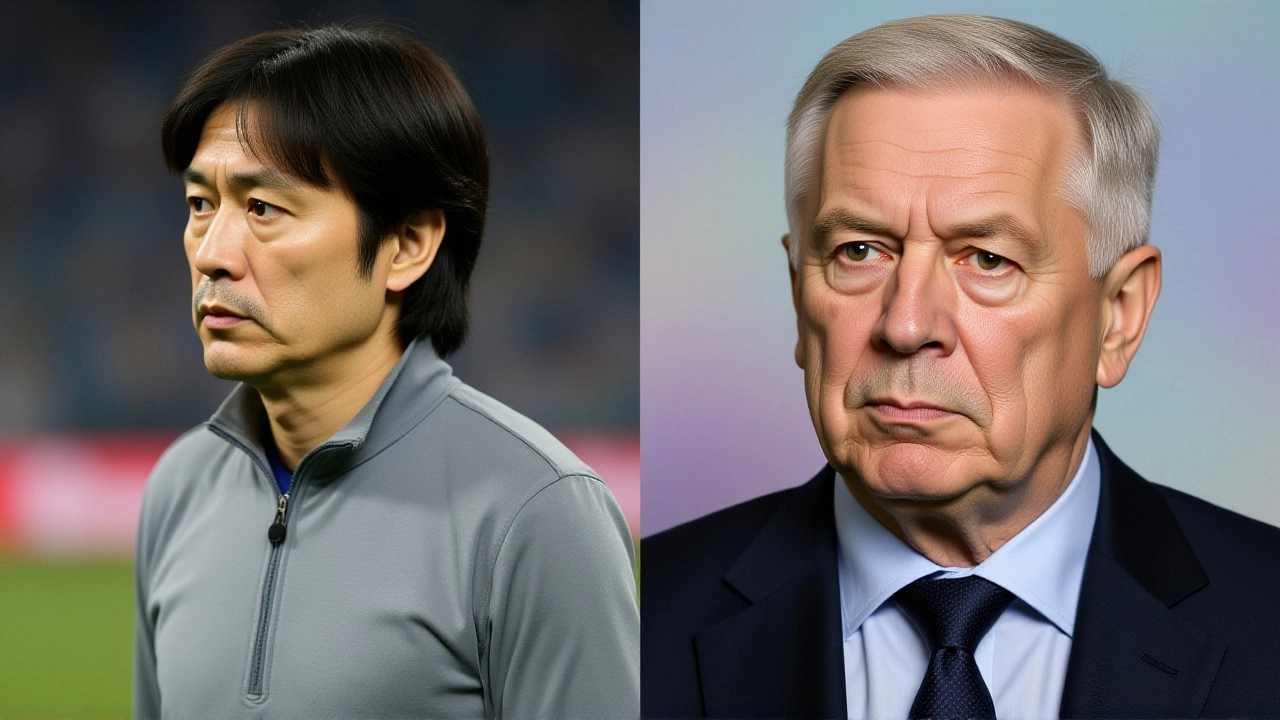Seoul World Cup Stadium: A Hub for Global Sport and Culture
When talking about Seoul World Cup Stadium, the iconic 69,000‑seat arena built for the 2002 FIFA World Cup in South Korea. Also known as Seoul World Cup Main Stadium, it sits in the bustling Mapo district, blends modern architecture with a versatile field, and hosts everything from international football matches to massive concerts. The stadium’s design focuses on clear sight lines, fast crowd flow, and high‑tech sound, which makes it a favorite for both athletes and fans. Over the years it has welcomed the Korean national team, club finals, and even non‑sporting spectacles, proving that a venue can stay relevant long after its original tournament ends. Seoul World Cup Stadium isn’t just bricks and seats; it’s a living platform where sports culture meets city life.
Why the Stadium Matters for Football, World Cups and Even Motorsports Fans
One of the core related entities is World Cup, the premier international football competition that draws billions of viewers and defines stadium legacies worldwide.. The stadium’s role in that event set the standard for future matches, and today it continues to host qualifiers, league games, and friendly fixtures—each demanding top‑level pitch maintenance and security. Another key entity is football (soccer), the global sport that fuels stadium usage, fan rituals, and local economy.. The synergy between the venue and the sport creates a feedback loop: high‑profile games attract sponsors, which fund upgrades that improve the fan experience, which in turn draws bigger crowds.
Beyond traditional football, the stadium has become a hotspot for sports venue, any large‑scale location designed to host competitive events, concerts, and community gatherings.. That flexibility means the arena often screens live Formula One races on massive LED walls, hosts e‑sports tournaments, and even sets up fan zones for IndyCar broadcasts. In this sense, the stadium requires state‑of‑the‑art audiovisual gear and reliable internet, linking it directly to the world of motorsports fan zone, designated areas where racing enthusiasts gather to watch live streams, discuss strategies, and celebrate motorsport culture.. The relationship is clear: the stadium encompasses major football events, it requires advanced infrastructure to support large audiences, and it enables motorsport fans to experience the thrill of racing without leaving the city. This blend of uses keeps the venue buzzing year‑round and attracts a diverse crowd ranging from soccer die‑hards to Formula One followers.
Below you’ll find a curated selection of articles that dive deeper into the topics we just touched on. Whether you’re curious about the intricacies of the racing line, the pathway to a career in motorsports journalism, or the physical demands of events like the Dakar Rally, our posts cover a broad spectrum of motorsport insight. We also explore how stadiums like Seoul World Cup Stadium serve as cultural crossroads, bringing together fans of football, racing, and live entertainment. Scroll down to discover practical tips, expert analysis, and stories that link the world of a premier sports venue with the fast‑paced universe of motorsports.
